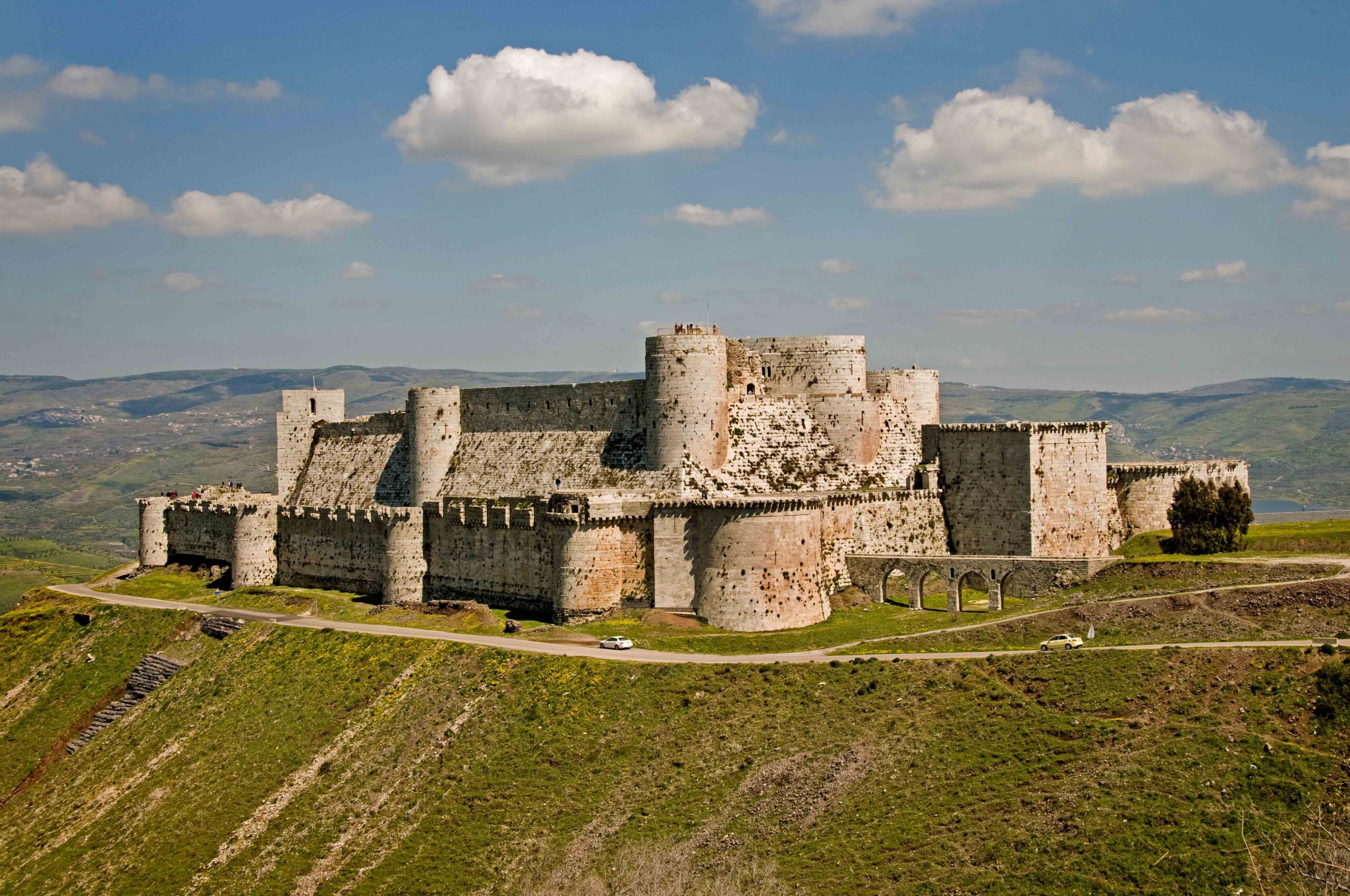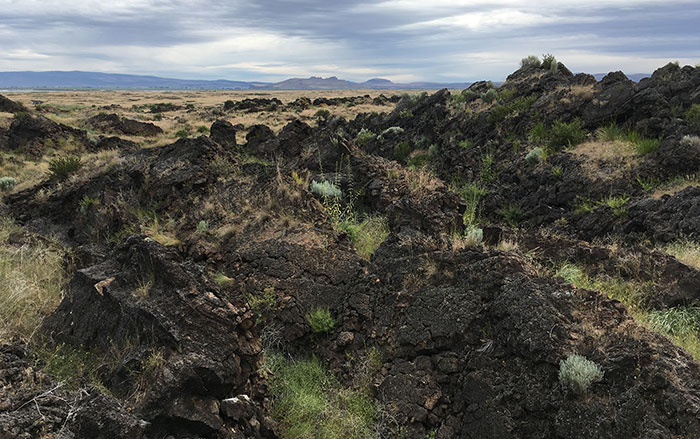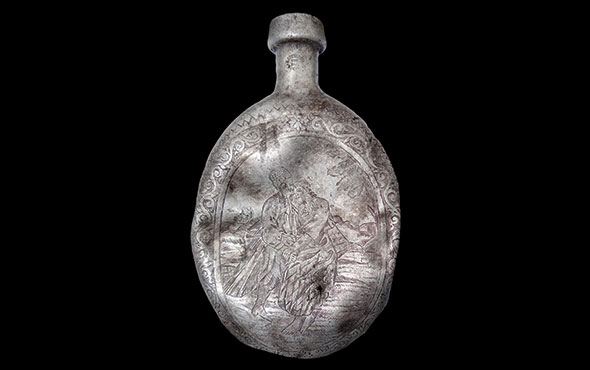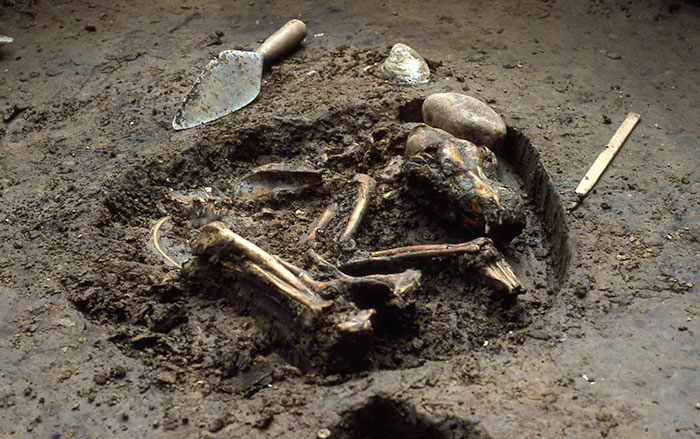OSLO, NORWAY—Science Nordic reports that researchers led by Svein Vatsvåg Nielsen of the University of Oslo’s Museum of Cultural History analyzed hundreds of radiocarbon-dated artifacts from archaeological sites across Norway in order to track changes in the country’s Late Neolithic population. Nielsen said the study identified an increase in human activity in eastern Norway some 6,000 years ago, which could signal the arrival of early farmers from the east. DNA analysis of human remains could reveal whether migrant farmers replaced the hunter-gatherers who lived there, he explained. Archaeologists usually track the spread of farming in the area with a certain type of stone ax, he added, because the preservation of artifacts in the region’s acidic soil is poor and it has been heavily plowed for centuries. The new study also supports the idea that Norway’s Late Neolithic farmers reverted to hunting, gathering, and fishing. Farming was eventually reintroduced during the Bronze Age. “The settlement pattern changes very clearly when we approach 5,300 years ago,” Nielsen said. “Coastal sites fall out of use, and long houses and grains begin to show up.” For more, go to “Letter from Norway: The Big Melt.”
Study Tracks Population Changes in Late Neolithic Norway
News December 14, 2018
Recommended Articles
Letter from France January/February 2026
Neolithic Cultural Revolution
How farmers came together to build Europe’s most grandiose funerary monuments some 7,000 years ago



Digs & Discoveries November/December 2025
BYOB(oar)

-
Features November/December 2018
Reimagining the Crusades
A detailed picture of more than two centuries of European Christian life in the Holy Land is emerging from new excavations at monasteries, towns, cemeteries, and some of the world’s most enduring castles
 (Peter Horree/Alamy Stock Photo)
(Peter Horree/Alamy Stock Photo) -
Letter from California November/December 2018
Inside a Native Stronghold
A rugged volcanic landscape was once the site of a dramatic standoff between the Modoc tribe and the U.S. Army
 (Julian Smith)
(Julian Smith) -
Artifacts November/December 2018
Russian Canteen
 (Courtesy Copyright David Kobialka/Antiquity)
(Courtesy Copyright David Kobialka/Antiquity) -
Digs & Discoveries November/December 2018
The American Canine Family Tree
 (Photo by Del Baston/Courtesy of the Center for American Archeology)
(Photo by Del Baston/Courtesy of the Center for American Archeology)


